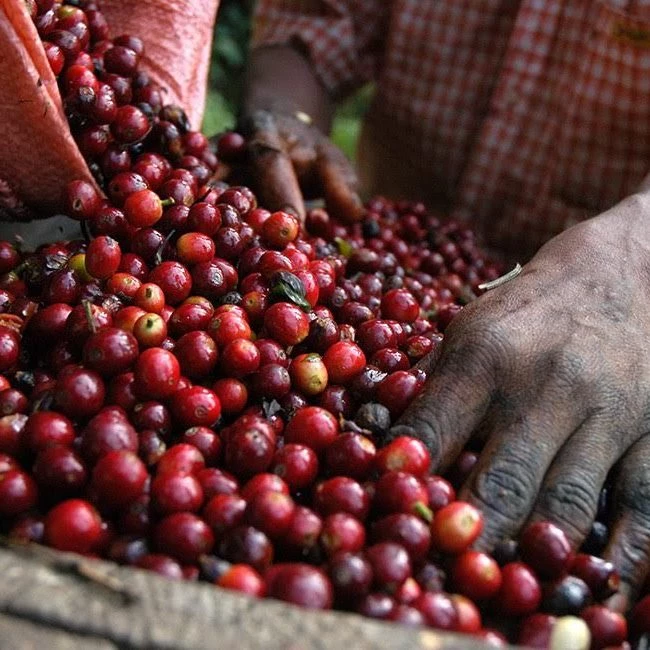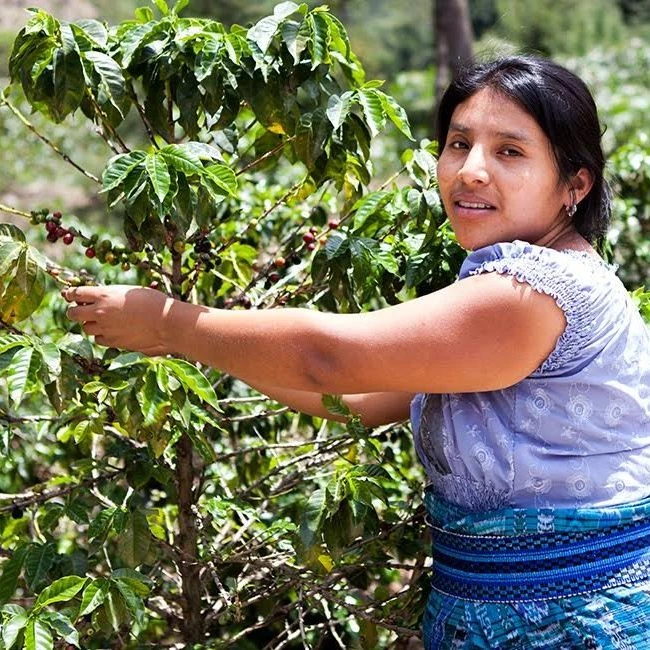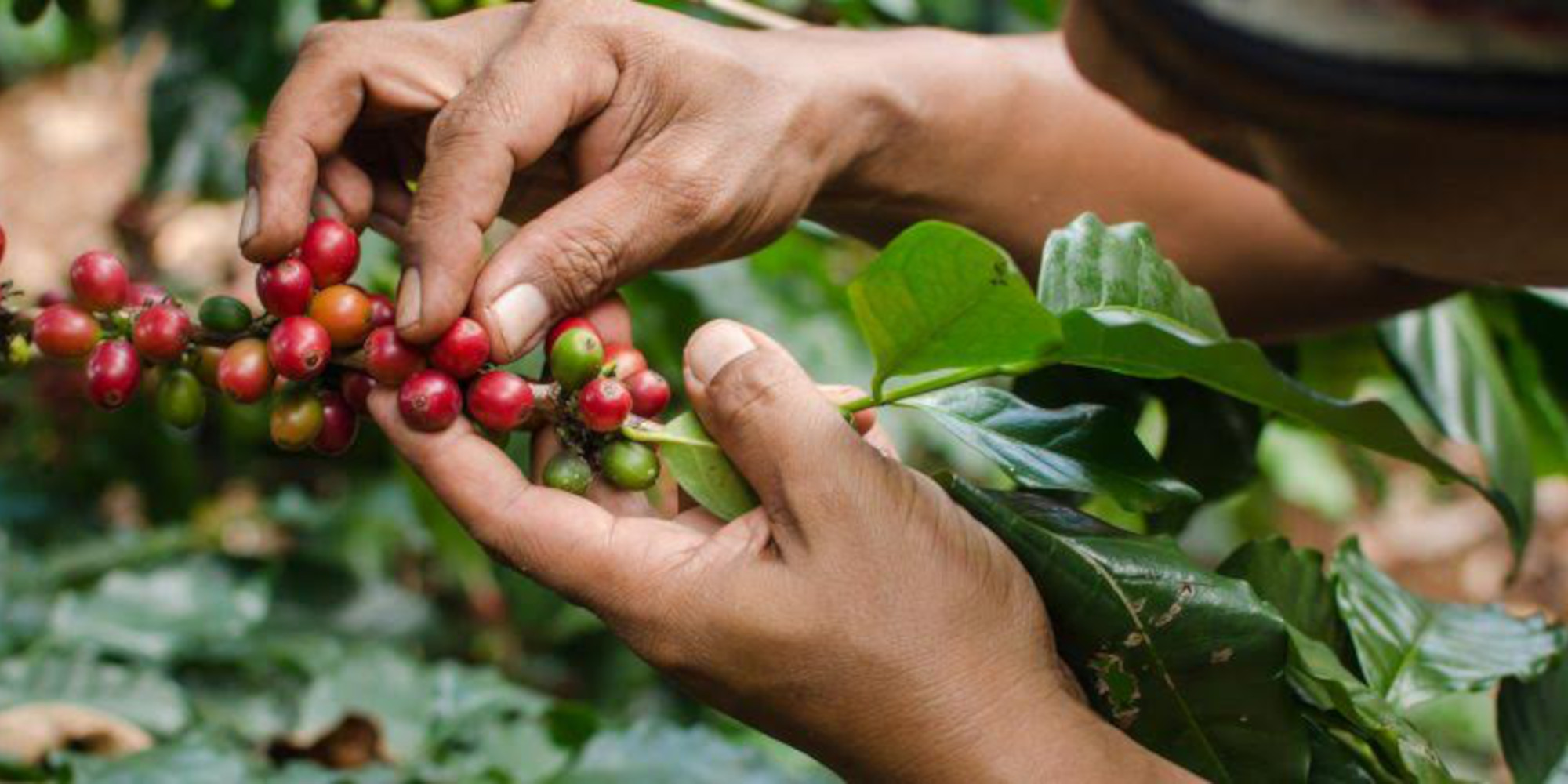The topic has recently become the talk of the town, especially after the case involving the award-winning barista and coffee taster Francesco Sanapo and his “decaf sold at 2,00 €”, discussed by almost everyone in the world of coffee, and not only. The subject is vast and complex, so let’s look into it step by step.
 Coffee
Coffee is the second most commercialized commodity on the global market after oil, yet despite this, or maybe because of it, the culture surrounding this amazing product is, in many ways, rather superficial. Most people, in fact, perceive coffee as something ‘small’, simple, and it is seen as a static product without any degrees of quality and variety (and hence, price). This is the connection with the question of “the cost of an espresso”.
The point is not whether the price should be high, low, or always the same; the point is we must abandon the idea that often leads us to say, “the price of espresso should be low and it should always be the same”. The heart of the problem, in fact, is that people need, finally, to accept that there may be different prices for different espressos, a diversification which reflects the work, the research process, the study, in other words, the choices made by those roasters who every day decide to offer something which is indeed ‘different’. Contrary to popular belief, coffee has plenty of room for diversity!
Only a few people know that the word ‘coffee’ hides a whole world of different botanical species, varieties and quality of beans, areas and methods of cultivation. These are all aspects which coffee roasters must consider when selecting and producing the coffee which we drink. The process which leads to obtaining the small amount of product in our cup in fact consists of many different steps which are the result of deep awareness when making specific business decisions. Those who choose to work in a certain way do so because they want to transmit a message and make the people who drink the coffee realize that those choices really were made at the beginning of the production process. Choices they believe can make the difference. Choices that, inevitably, can only be understood by a cultural environment which is able to distinguish them and valorize them correctly.

An example: how often, at a restaurant, when ordering a bottle of red wine, does the waiter list all the different solutions they have, with different prices, for the same product (that is, red wine)? That is the point: we need to create a real “culture” in coffee as well. The question, in reality, is not focused on whether it is better to
choose higher quality over lower quality coffee (and thus a product with a higher or lower price) , but to finally have a consumer who is able to culturally understand what coffee means and can therefore make a conscious
choice, without being automatically conditioned by a price range “which has always been like that”.
This, in our opinion, is the basis necessary for a virtuous coffee culture in Italy, essential to valorize the product itself , aligning it with other industries, and giving the correct recognition to those who make different decisions about one of the products that we know and love the most.

 Coffee is the second most commercialized commodity on the global market after oil, yet despite this, or maybe because of it, the culture surrounding this amazing product is, in many ways, rather superficial. Most people, in fact, perceive coffee as something ‘small’, simple, and it is seen as a static product without any degrees of quality and variety (and hence, price). This is the connection with the question of “the cost of an espresso”.
Coffee is the second most commercialized commodity on the global market after oil, yet despite this, or maybe because of it, the culture surrounding this amazing product is, in many ways, rather superficial. Most people, in fact, perceive coffee as something ‘small’, simple, and it is seen as a static product without any degrees of quality and variety (and hence, price). This is the connection with the question of “the cost of an espresso”. An example: how often, at a restaurant, when ordering a bottle of red wine, does the waiter list all the different solutions they have, with different prices, for the same product (that is, red wine)? That is the point: we need to create a real “culture” in coffee as well. The question, in reality, is not focused on whether it is better to choose higher quality over lower quality coffee (and thus a product with a higher or lower price) , but to finally have a consumer who is able to culturally understand what coffee means and can therefore make a conscious choice, without being automatically conditioned by a price range “which has always been like that”.
An example: how often, at a restaurant, when ordering a bottle of red wine, does the waiter list all the different solutions they have, with different prices, for the same product (that is, red wine)? That is the point: we need to create a real “culture” in coffee as well. The question, in reality, is not focused on whether it is better to choose higher quality over lower quality coffee (and thus a product with a higher or lower price) , but to finally have a consumer who is able to culturally understand what coffee means and can therefore make a conscious choice, without being automatically conditioned by a price range “which has always been like that”.